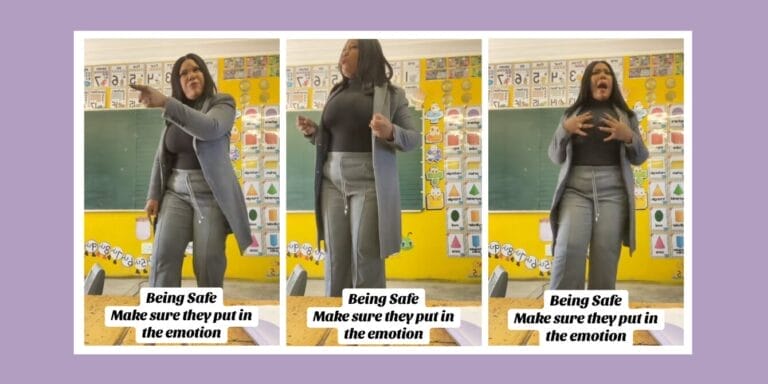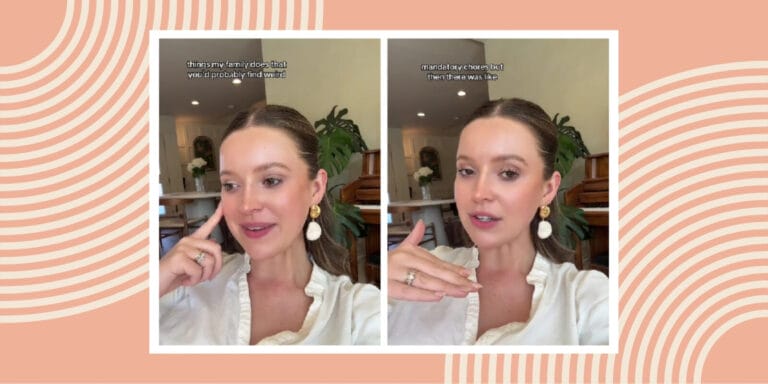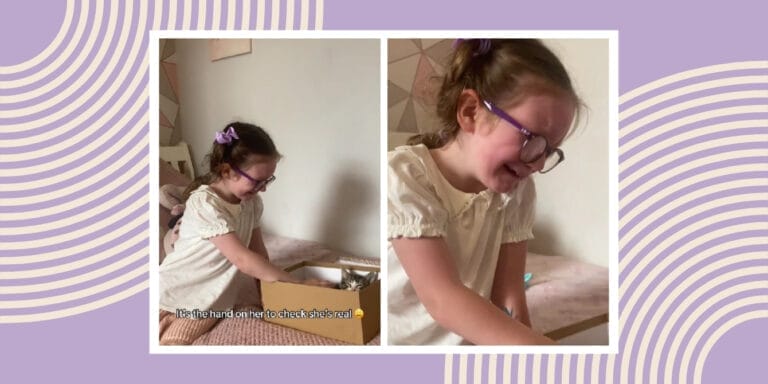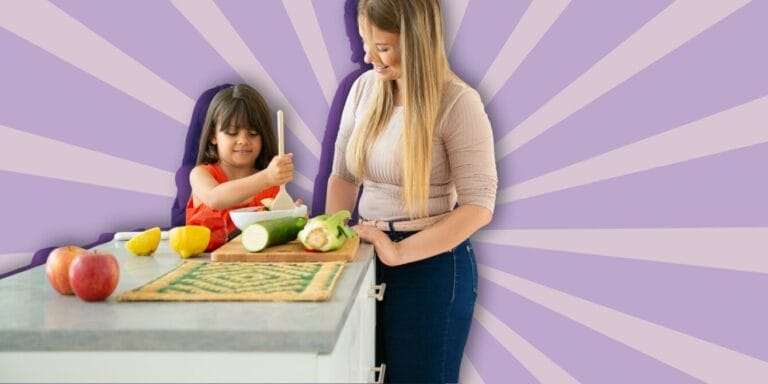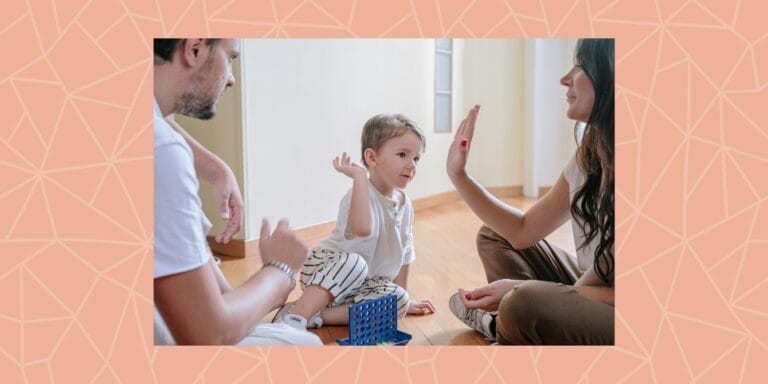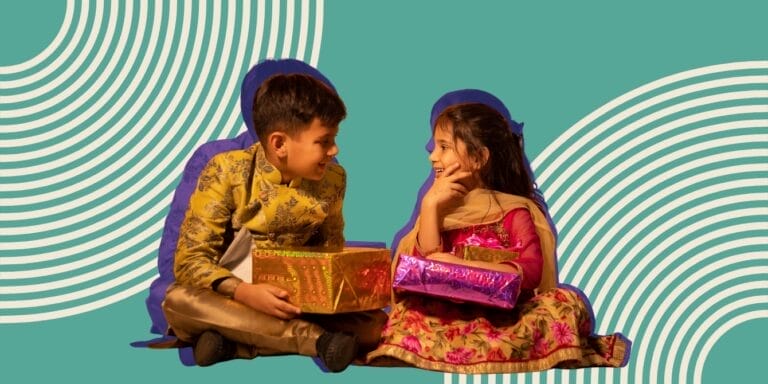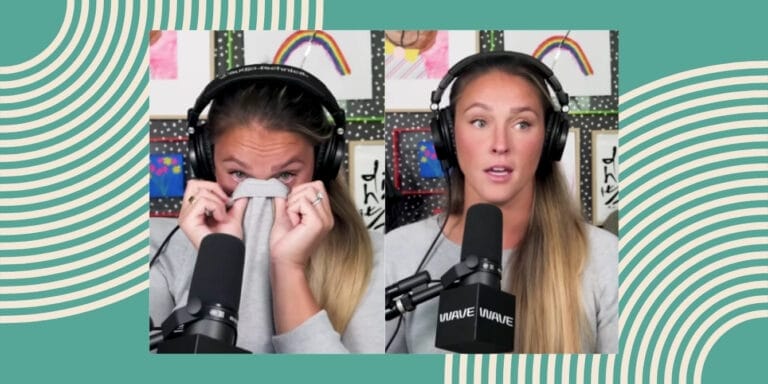Do babies speak a “secret language”? A viral TikTok has parents all curious

Credit: Tiktok / @jatziri.veliz
At one predictable moment, a baby onscreen bursts into laughter, and parents gleefully scribble across the screen: “I think she understood.”
Table of Contents
Across social media, babies are doing something that has viewers completely mesmerized—laughing together as if they understand every babbled word. What started as a handful of clips has grown into a full-blown trend, with many parents and commenters convinced their little ones share a “secret language.”
In compilation videos like this one, babies erupt into laughter at the exact same moment, sometimes after nothing more than a squeal or string of gibberish. The timing feels too perfect, sparking comments such as:
@marcuslindsay2: “She was like ouuuu noooo they didn’t”
@kat_so..chill: “Oh yeah they are definitely talking about the adults.”
@its.eva051: “Sad part is we will never be in on the joke.”
@ranaizha: “She so cute, whatever that baby said was tea for sure.”
It’s a moment that has many parents and viewers alike asking the same question: Do babies really understand each other?
Related: It’s science: infants learn better when we use ‘baby talk’
What science says about baby babble and social connection
1. Babies prefer listening to other babies babble
When infants as young as 5 months hear recordings of other babies babbling rather than adult voices, they pay attention 40% longer—demonstrating more engagement and positive emotional response to age-matched sounds. It turns out “babble” isn’t just noise—it’s attention-grabbing conversation in their world.
2. Emotional contagion isn’t just for adults
Humans, including infants, often unconsciously mimic and synchronize emotional cues, known as emotional contagion. That means when a silly baby babbles, another baby might naturally mirror that silliness—and laugh—without consciously understanding a single syllable.
3. Babies use emotions to learn and socialize
From early infancy, babies are experts at picking up emotional cues. They look to caregivers to decide how to respond in new situations—and often rely on those signals to shape their own reactions. Research highlighted by the Association for Psychological Science confirms that infants use emotional input as a guide for behavior. When one baby laughs, another may instinctively follow that lead.
4. Babbling shapes how we talk back
Cornell University research notes that when babies babble (typically between 5 and 30 months), adults instinctively simplify their speech in response. This back-and-forth creates a feedback loop that actively supports early language development, even when the “words” themselves are just nonsense.
So… is it a secret language or just connection?
What we’re really seeing is a powerful emotional connection. Babies may not be speaking in code, yet they are highly responsive to tone, rhythm, and feeling—whether it comes through a squeal, a giggle, or a stream of babble.
Think of it less like Morse code, and more like laughter at a stand-up show: you’re not laughing at the words, but at the feeling behind them.
Why it feels so universal—and funny
- Surface sounds resonate. The tone and tempo of babbling mirror vocal patterns babies already recognize, which makes them instantly engaging.
- Laughter spreads. Positive emotion is contagious, especially for infants who rely on shared feelings as their main social currency.
- The mystery pulls us in. Adults crave language to make sense of connection, yet babies remind us that some bonds are felt more than they are explained.
Related: Mom and dad talk behind their toddler’s back—her reaction is unforgettable
The bottom line
The “secret language” trend resonates because it shows babies relating to one another in ways that are playful, social, and deeply human. Their laughter and babble mark the beginnings of communication, where sound and emotion lead the way. For parents, it’s a reminder that connection doesn’t always come through words—sometimes, joy itself speaks loudest.














